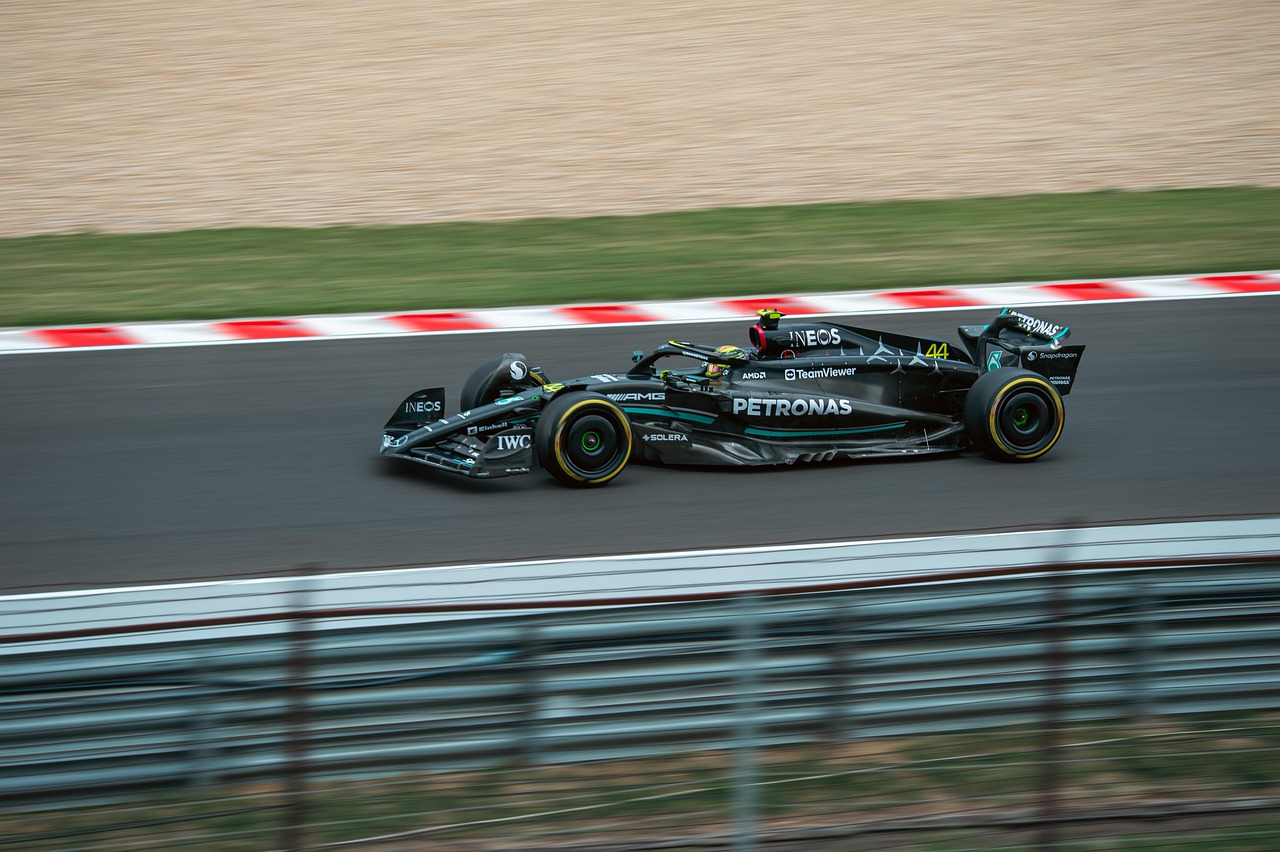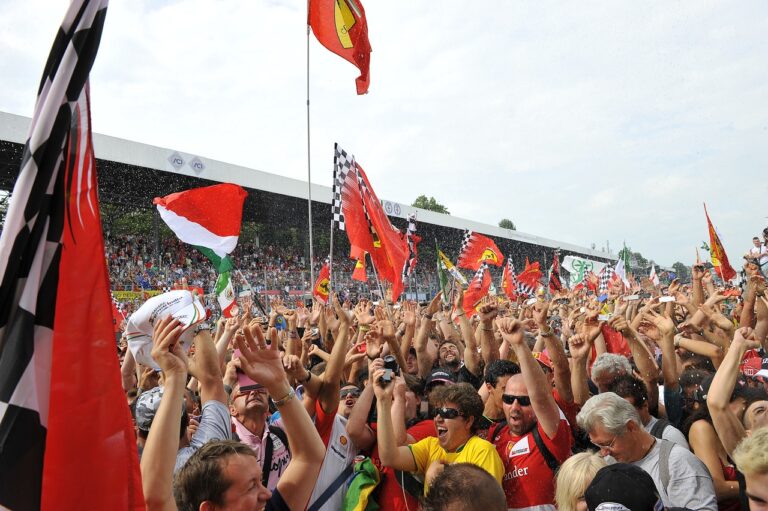From Grid to Glory: How Netflix and Gen Z Are Fueling F1’s Global Takeover
The Quiet Revolution: F1’s Rebirth as a Cultural Juggernaut
Once, Formula 1 was a little-known sport, wrapped up in hard words and kept for a few. Now, it’s huge—all over the world, grabbing the attention of young people and ruling pop culture. At the center of this big change is Drive to Survive, a Netflix show that really pulls you in, and the smart move to focus on younger, tech-savvy fans. This isn’t just about fast cars. It’s about how good stories, social media, and clever marketing made a 72-year-old sport into a major lifestyle brand.
Chapter 1: Drive to Survive—The Spark That Lit Up F1
When Netflix launched Drive to Survive in 2019, not many thought it’d turn into the biggest way to sell the sport. The show gave us a peek behind F1’s intense action, turning drivers like Daniel Ricciardo and team leaders like Guenther Steiner into well-known names. By highlighting rivalries, personal battles, and the politics outside the race, it made the sport feel more human—less like just machines and more about the people.
The Data Speaks:
- So, F1’s viewer age went from 44 down to 32 between 2017 and 2024. The number of women watching? It doubled—now making up 40% of the global fans.
- Over in the U.S., 28% of adults say Drive to Survive is why they got into F1. And hey—ESPN’s viewership? It jumped from 554,000 in 2018 all the way to 1.21 million by 2022.
- And get this—the series was the most-watched show on Netflix in 33 markets in 2022. It shows that sports docs can totally keep up with scripted dramas.
Liberty Media, who’s owned F1 since 2017, saw early on that old-school broadcasts just weren’t cutting it. By letting Netflix get real close inside team garages and driver meetings, they made F1 feel like a drama series—where every race is like the big season ending.
Chapter 2: Gen Z’s Playbook—How F1 Won the Digital Race
Gen Z doesn’t just watch sports—they experience them through screens, memes, and viral moments. F1’s digital team leaned into this, turning TikTok and Instagram into battlegrounds for attention.
TikTok Triumphs:
- Teams like Mercedes and McLaren got in on the trend. They shared fun videos of drivers like Lando Norris just messing around or George Russell checking out memes.
- The hashtag #F1? It’s huge on TikTok—35 billion views huge! Most of those views come from fans making their own stuff.
- Ryanair even jumped into the mix. They poked fun at the Haas F1 Team for their rankings. But Haas had a sharp comeback that everyone loved—went viral and all.
Esports and Gaming:
- During the pandemic, F1’s Virtual Grands Prix got 30 million views. Big names—Charles Leclerc, Lando Norris—streamed races from their living rooms.
- Viewership for the F1 Esports Series jumped 98% in 2020. It connected real-world racing with digital fans.
Chapter 3: Style, Fame, and F1’s New Look
F1’s drivers are no longer just athletes—they’re style icons. Lewis Hamilton’s Met Gala appearances and Zhou Guanyu’s Prada partnerships have blurred the lines between the paddock and the runway.
The Fashion Effect:
- Hamilton’s Louis Vuitton getups and Tommy Hilfiger team-ups put him right in the middle of fashion talk. And Zhou? His new streetwear line is all about what Gen Z’s into.
- Big names—think LVMH and TAG Heuer—have thrown tons of money at F1, with Louis Vuitton even snagging the name spot for the Australian Grand Prix.
Mixing top-notch fashion with fast cars isn’t just for looks. It’s a smart move to catch the eye of younger folks who dig self-expression as much as they do a good race.
Chapter 4: Global Domination—From Vegas to Shanghai
F1’s calendar now spans 24 races, with new circuits in Miami, Las Vegas, and soon, Johannesburg. But the real growth lies in Asia, where luxury collaborations and local heroes are fueling a frenzy.
Asia’s Driving Force:
- China’s big-money market for fancy cars is now worth $154 billion. Brands like AVATR team up with top designers, think Matthew M. Williams, to make special electric cars.
- K-pop icons, like Blackpink’s Lisa, show up at car races, making F1 even more popular with young folks in Asia.
The U.S. Wave:
- The 2023 Las Vegas Grand Prix, with its star-studded parties, pulled in 315,000 people. It’s made F1 a can’t-miss spectacle.
- Team merchandise from Red Bull to McLaren is selling rapidly—fans can’t get enough of 200 hoodies and 50 keychains.
Key Metrics: F1’s Growth by the Numbers
| Metric | Pre-2017 | 2024 | Growth |
| Global Fan Base | 390 million | 750 million | +92% |
| Female Fans | 32% | 41% | +28% |
| Social Media Followers | 12 million | 49 million | +308% |
| U.S. TV Viewership (Avg.) | 554,000 (2018) | 1.21 million (2023) | +118% |
| Race Attendance | 4.1 million (2019) | 6.15 million (2023) | +50% |
Data sourced from Nielsen, F1 Global Surveys, and Motorsport Network.
The Road Ahead: Can F1 Stay in the Fast Lane?
The sport’s success hinges on balancing authenticity with entertainment. While Drive to Survive and social media have brought new fans, purists worry about over-commercialization. Liberty Media’s answer? Keep the drama real.
Challenges:
- Predictability: Red Bull’s on a roll, right? But if they keep winning, some fans might get bored—they love rooting for the underdogs.
- Sustainability: Now, F1’s expanding big time. But with that comes big worries about the environment—like carbon footprints and using too many resources.
Still—there’s good stuff happening. Like the F1 Academy. It’s helping women drivers hit the track. And teaming up with STEM programs? Shows they’re really trying to mix things up and include everyone.
Final Lap: Join the F1 Revolution
Formula 1’s resurgence is a masterclass in modern branding. By marrying high-octane action with human stories, leveraging digital platforms, and embracing culture beyond the track, F1 has redefined what a sport can be.
Your Move:
- Binge Drive to Survive: Start with Season 1 to witness the drama that reshaped a sport.
- Follow the Grid on TikTok: Teams like McLaren and Mercedes post daily updates, memes, and behind-the-scenes gems.
- Attend a Race: From Monaco’s yachts to Miami’s neon-lit parties, F1 weekends are spectacles unlike any other.
The engines are roaring, the influencers are posting, and the world is watching. F1 isn’t just a sport anymore—it’s a movement. Buckle up.
Want to dive deeper? Explore how Lewis Hamilton is redefining racing and activism or discover why LVMH’s F1 partnership is a game-changer for luxury brands.


